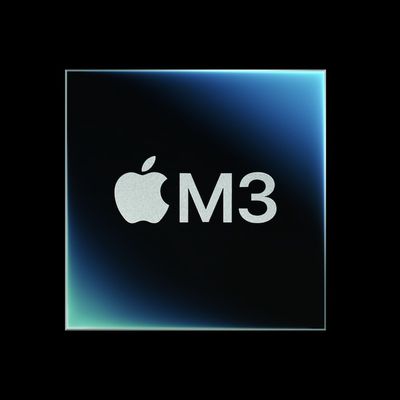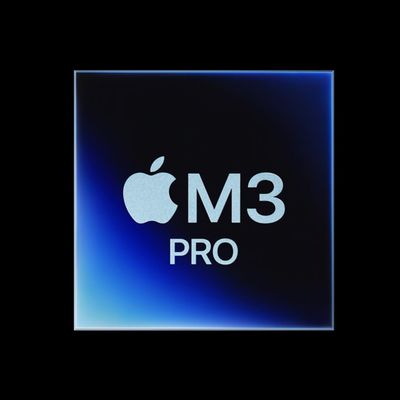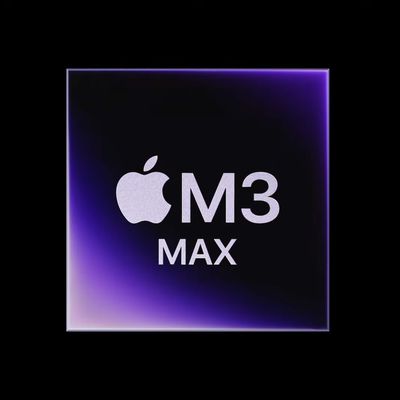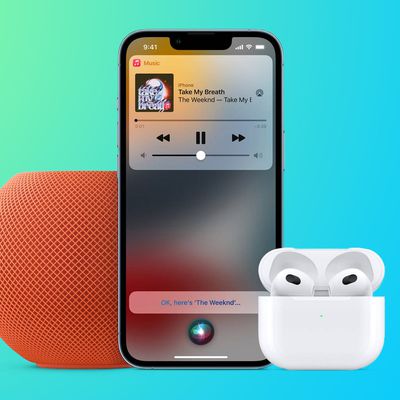Apple is weighing up the use of micro-lens technology to maintain or increase the brightness of OLED displays on next year's iPhone 16 models while potentially reducing their power consumption, reports The Elec.

According to the Korean outlet, Apple display suppliers Samsung and LG have offered to apply micro-lens arrays (MLA) to the OLED panels, but the technology has both pros and cons that Apple needs to consider.
MLA works by using a uniform pattern of billions of lenses inside the panel that reduces internal reflections. These lenses turn the path of light reflected backwards from the inside of the panel towards the screen, which can serve either to increase perceived brightness while maintaining the same level of power consumption, or maintain brightness levels while consuming less power compared to conventional OLED panels at the same luminance.
However, while MLA straightens the path of light to increase frontal luminance, in some use cases it can also reduce side luminance, which from a user perspective narrows the display's field of view. Not only that, applying MLA to the OLED panels would increase the manufacturing cost.
Another complicating factor is that the material sets being developed by the two suppliers are different, and both are still said to fall short of Apple's standards. Apple has yet to give a final response to the MLA application proposal from the Korean companies, according to the report.
Apple's decision appears to hinge on whether the efficiency of the OLED material set can be improved upon between now and when iPhone 16 mass production begins in the second half of 2024.
If the amount of light sent to the front of the panel can be at least maintained at a reduced power consumption rate while avoiding a narrowing of the viewing angle, then MLA implementation may be considered worthwhile. However, this depends on the performance of the OLED material set, and the sets of the two domestic panel companies are said to be different.
Samsung has more experience applying MLA to OLED panels. For example, it has used the technology in some of its own Galaxy S Ultra models, and has also delivered MLA-applied OLED panels to Chinese mobile vendors such as Vivo. LG meanwhile has applied MLA to some of its larger OLED smart TVs, but has little to no experience of applying it to small and medium-sized panels, where the direction of light is adjusted differently.
Looking further ahead, a separate report in May claimed that Apple intends to mass produce more advanced microLED displays in order to lessen its reliance on Samsung and increase its own control over supply, laying the groundwork to realize its ultimate goal of bringing the next-generation technology to iPhones.























Top Rated Comments
Cars are about the longest-lived consumer good in the United States, and even the most regular upgraders probably buy on a 3-year lease, but they're iterated yearly. Very slightly in most cases, but every car on the market has a model year specified because of it.
Nobody in their right mind upgrades their TV every year, and most people buy one and use it for half a decade at minimum, but they're iterated yearly.
Washing machines aren't iterated every year, but that technology is basically static at this point. Phones might get there eventually, but we're a long way from that.
Manufacturers upgrade every year if the technology improves, most people will buy and use something for as long as the generation of tech they bought works and it doesn't break (I know someone still using an iPhone 6s, because he doesn't care about any of the new features) and it makes sense even from a longevity standpoint.
Think of it this way:
Let's assume that at the current rate of technological improvement most people will want to upgrade a phone when the hardware is 5 years old, and in any case because of the fundamental wear-and-tear a phone isn't likely to last more than 7 years. And let's pretend that the smartphone industry does what you seem to want and only upgrades phones every 5 years, when there's actually a big difference.
If you buy a new phone right after the old model comes out, you use it for 5 years, then get the new one. Exactly the same outcome as if there were annual iterations.
But if you happen to need a new phone when the current model is 4 years in, you just bought a phone with 4-year-old technology, and by the time it's time to buy a new one you now have a 9-year-old phone--you were stuck with an iPhone 6 instead of an Xs. You'll likely upgrade sooner instead of waiting 5 years because of the clunker you got stuck with. The same goes for everyone who buys a phone in the off-years, just to discourage the small number of aggressive updaters. If, on the other hand, there were incremental upgrades during that time, then your 5-year-old phone still has 5-year-old technology, regardless of when you happen to buy it.
Even in the case of people who do aggressively upgrade every year, it's not like their old phones go in the trash--T-Mobile is not in the business of giving you an $800 trade-in credit on a perfectly-good, 1-year-old phone that they're throwing away. Or if you sell it on the open market, the person you sell it to for $600 isn't spending that so they can throw it away next year.
The majority of old phones will stay in use as long as they have resale value, which is quite some time, and even when they don't a lot of the time they'll get handed down to someone.
I'm upgrading to the iPhone 15 Pro Max this year, from an XS Max which I've had for 5 years. The phone was built to last.